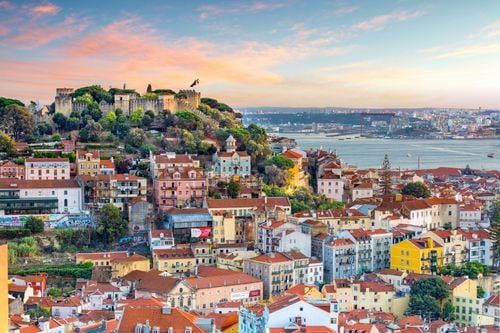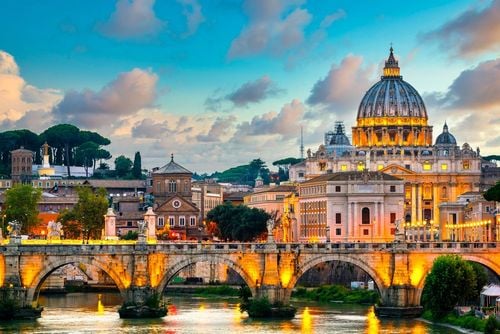Gastronomy and traditions on the menu for a trip to Casablanca

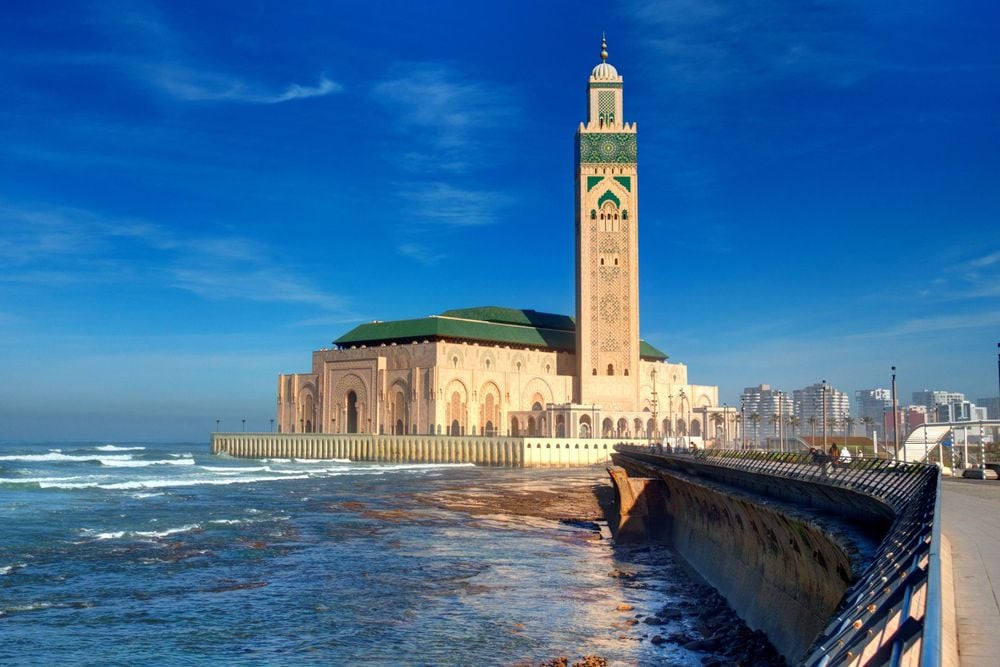
Gastronomy and traditions on the menu for a trip to Casablanca
The country's economic and financial capital, Casablanca is a stopover between two historic cities: Rabat and Marrakech. Although the Phoenicians occupied the area as early as the 6th century BC, there are very few remains. With its many shops, the little medina has retained its Muslim character and is well worth a visit. Once outside the ramparts, discover the modern city, in stark contrast to the colonial architecture of the 1930s.
Towards the corniche stands the "highest religious building in the world": the Hassan II mosque, inaugurated in 1993 and designed by the French architect Michel Pinseau. Built on the Atlantic Ocean, the monument rises some ten metres above the sea. Its 200 m minaret is equipped with a laser. It indicates the direction of Mecca. Despite the richness of the materials used, the decoration remains uncluttered: 10,000 m² of zelliges, 67,000 m² of plaster and 53,000 m² of wood. The building can hold up to 150,000 people. Don't miss it, it's open to all (as long as you follow certain rules).

The door of the Hassan II mosque in Casablanca
- © Morocko / ShutterstockCompleted in 1993, the Hassan II mosque is the largest in North Africa. Spread over nine hectares and built partly on the sea, the immense building has a prayer room, a Koranic school, a library and a museum. Also worth a visit is the Sacré-Coeur church, built in the 1930s at the request of the local Catholic community.
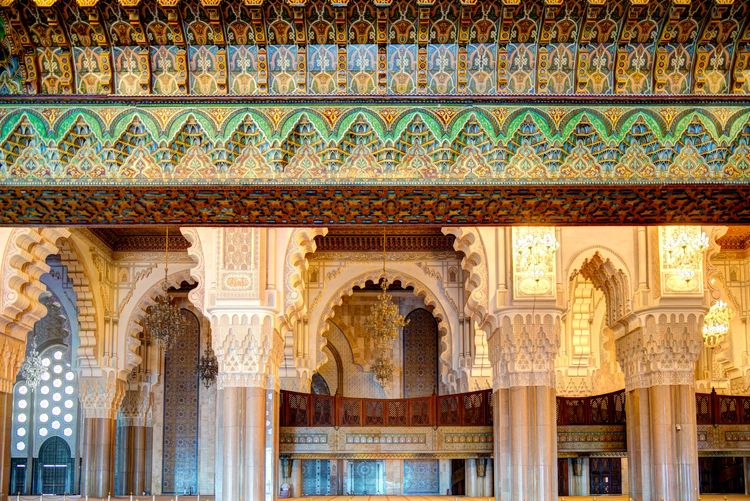
Architecture of the Hassan II mosque
- © mehdi33300 / ShutterstockAlthough imbued with the Gothic aesthetic of European religious buildings, it also reflects the Art Deco style that predominated in Casablanca's architecture. Bordered by the Arab League Park, it occasionally hosts exhibitions and cultural events.
Stop off at the Abderrahman Slaoui Foundation Museum, named after the Moroccan businessman who worked tirelessly to promote knowledge of the country's cultural heritage. Located in the historic heart of Casablanca, this magnificent 1940s mansion houses the personal collections of Abderrahman Slaoui, who was a lover of the arts. From sumptuous jewellery to nineteenth-century Bohemian crystal boxes and old posters, the museum's aisles are a treasure trove of North African art.
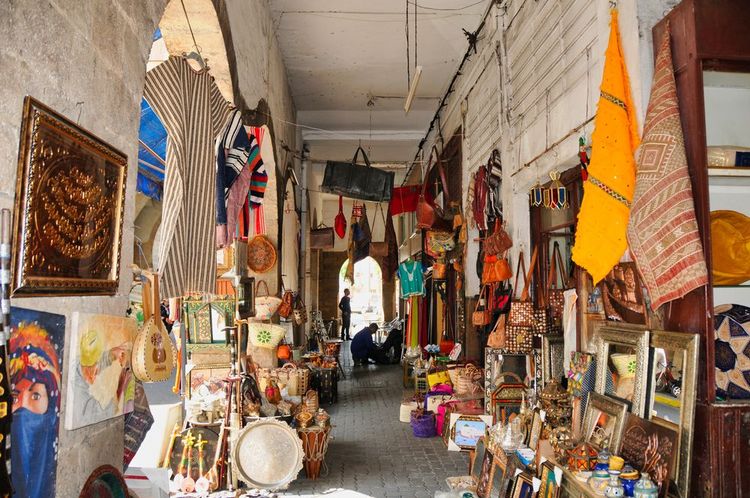
Casablanca city market
- © Stephanus G S / ShutterstockWhen you take the time to discover it, Casablanca is an utterly captivating city. In the central market district, the Art Deco style of the old buildings gives an idea of what old Casablanca was like. The market is also well worth a visit.
In the evening, go out for dinner in the city centre, where you'll find some very good restaurants; the corniche is the ideal place to stroll around after your meal and sip a cup of tea, while enjoying the mild evenings. On the islet opposite is the El Hank lighthouse and its small fishing village.
Finally, lovers of second-hand goods will be delighted by wandering through the alleys of the Souk Ould Mina. This huge flea market in the Hay Hassani district is packed with treasures, including furniture and Art Deco items.

Morocco is the ideal country in which to buy quality jewellery and leather goods at very reasonable prices. In the souks, you'll find splendid tunics embroidered with gold thread or sequins and babouches in every colour. Moroccan handicrafts are very varied, and you'll be able to take home some very pretty narghiles, hand-decorated pottery and tea glasses. Just before you leave, pop into the market to buy some fresh pastries, which you can enjoy on your return home.
Moroccan cuisine is excellent, with a variety of subtle and varied dishes. Couscous is of course the typical Moroccan dish, but it is served on Fridays, the Holy Day. You can also try beef, chicken or lamb tagines. Pastilla can be eaten sweet, savoury or both. Brick or chorba are mouth-watering starters. Pastries will delight all gourmets. And to finish off a meal, drink a mint tea.
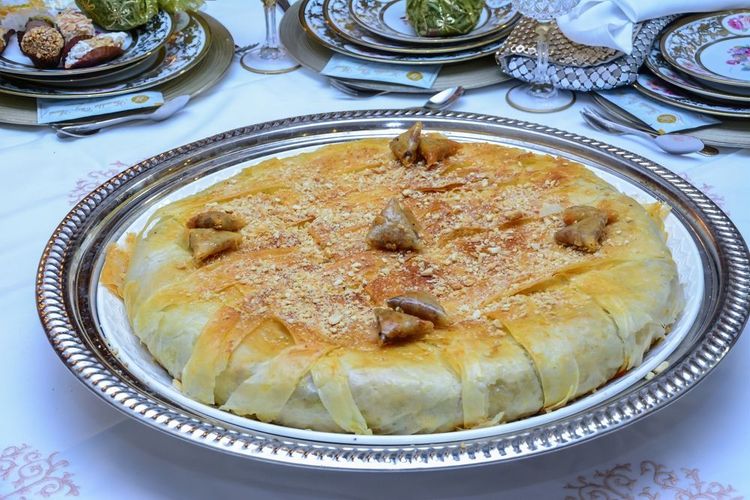
Chicken pastilla, a typical Moroccan dish
- © Casablanca Stock / Shutterstock
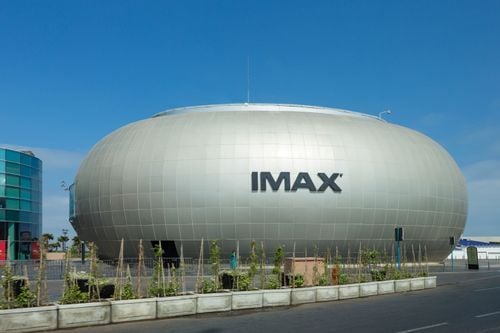
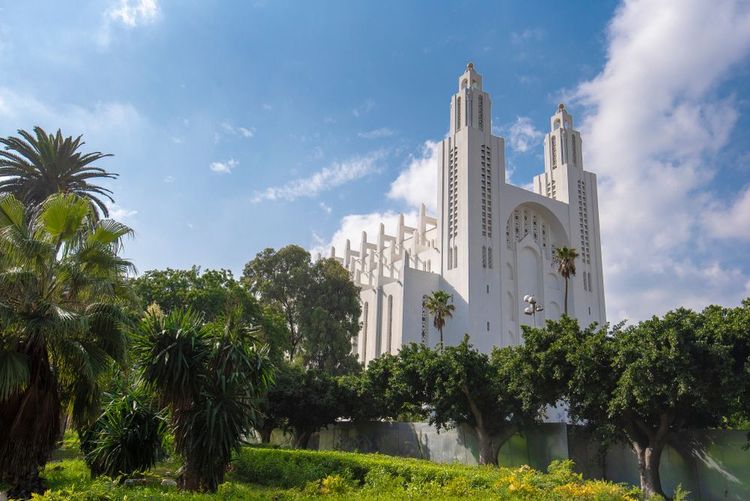 1
1
 2
2
 3
3
 4
4
There are several ways to visit Casablanca. You can get there by train from another Moroccan city, or fly directly into Casablanca's Mohammed V airport. Comprising three terminals, it is the largest in the country. There is another airport, Casablanca Tit Mellil, but it is reserved for private and regional flights.
A holiday in Casablanca means you can enjoy a magnificent setting, with the sea nearby, and an atmosphere that will remind you of the tales of the Thousand and One Nights. For a typical atmosphere, we recommend staying in a riad, a traditional dwelling specific to Morocco. It's the ideal accommodation solution for those looking for privacy and typical decoration. A few luxury hotels by the sea will also delight more traditional travellers. Follow our top 10 of the most beautiful accommodations to make your choice!
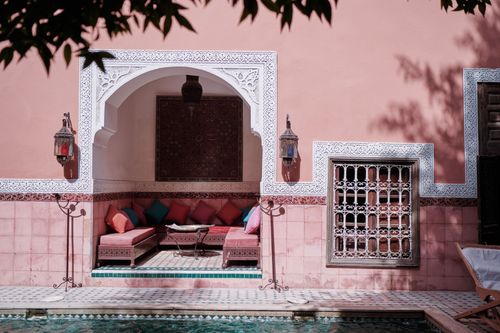
Casablanca is a fairly safe city, as crime is severely punished by the authorities. However, as in many large cities, you should beware of theft and pickpockets!
No visa is required, but a passport valid for at least three months is required to enter Morocco. A health certificate must also be completed.
Arabic is the official language of Morocco. There are also speakers of Amazigh, a Berber dialect, and many Moroccans also speak French, which is the first foreign language spoken in the country.
The weather in Casablanca is sunny all year round. However, rainfall can occur from October to March. Temperatures are very hot in summer, (around 35 degrees in August), and the period from May to October is the best time to enjoy the heat.
In general, there is no time difference in Morocco, while during the Ramadan period, there is a 1-hour time difference with the UK.
If you want to get around, don't hesitate to take the tram, which runs along two lines (T1 and T2). A journey costs 6 dhs (€1.48).
explore Try out our comparators
It is Easy to travel

